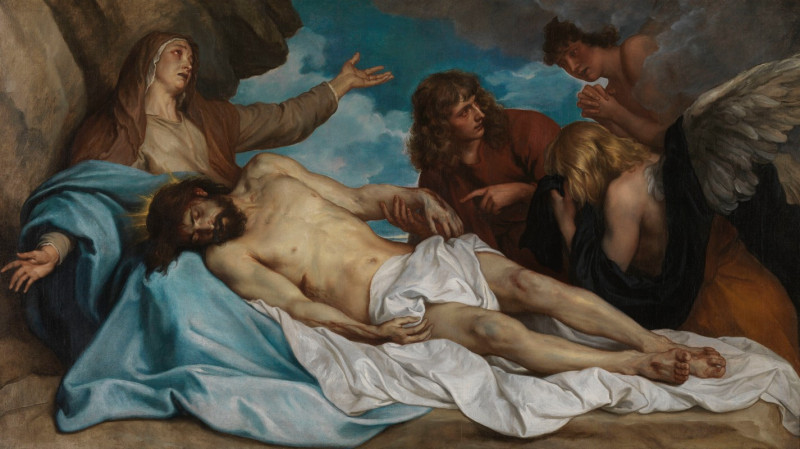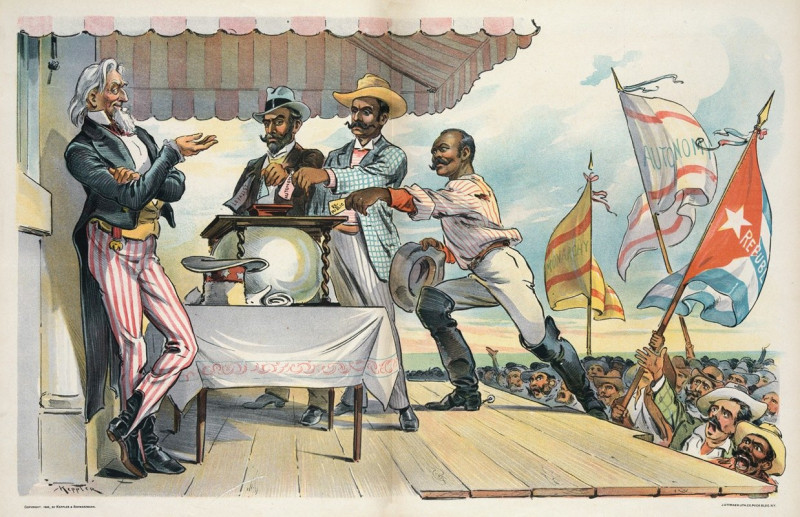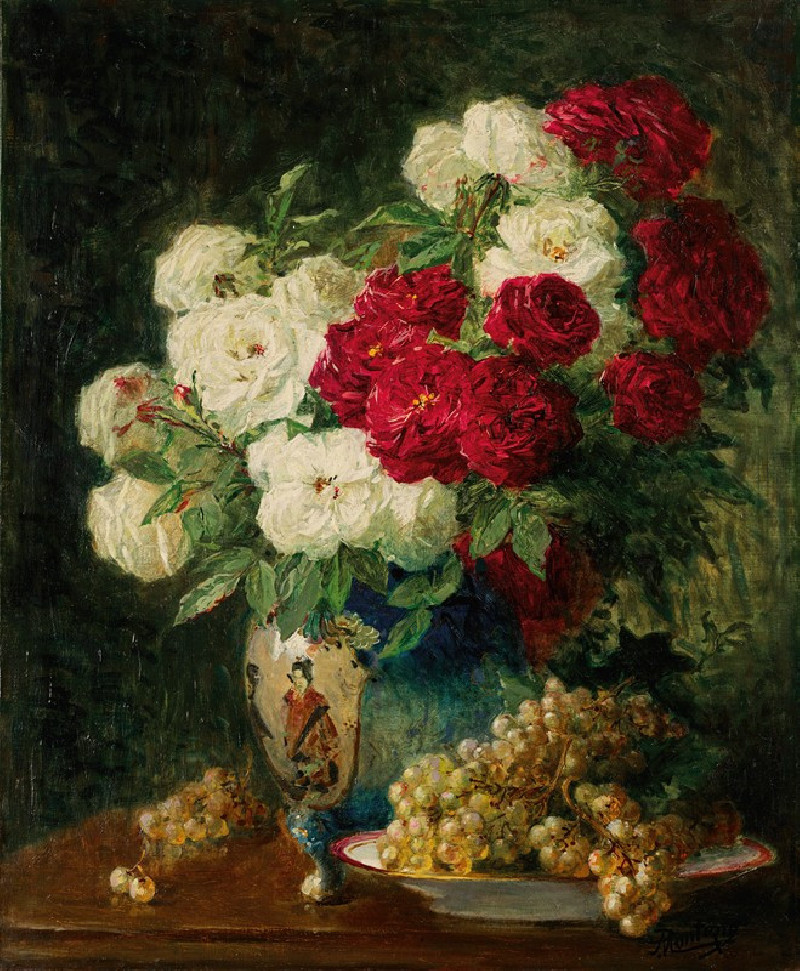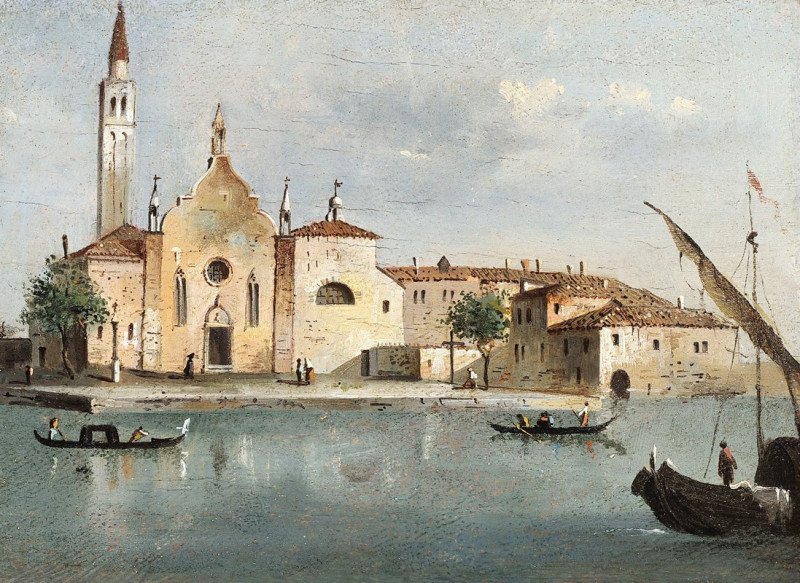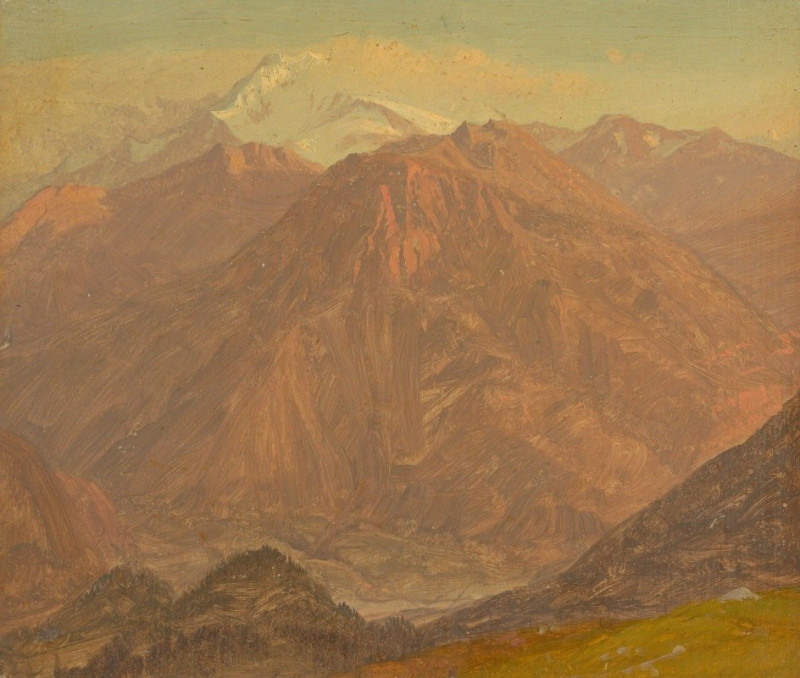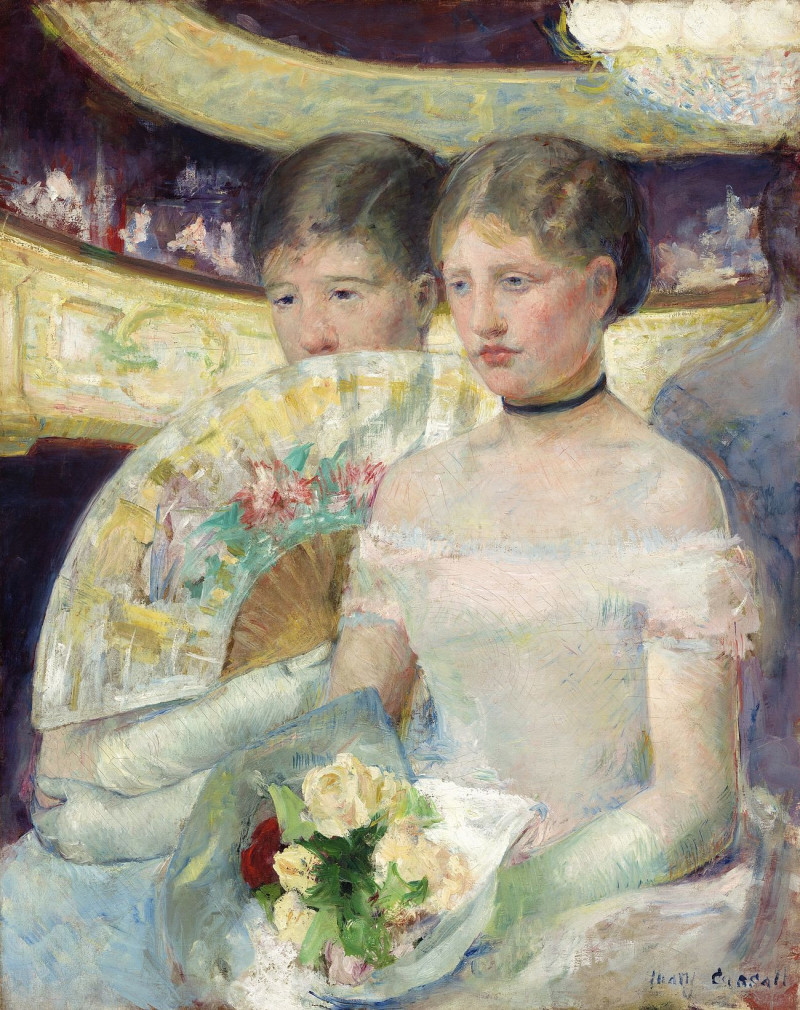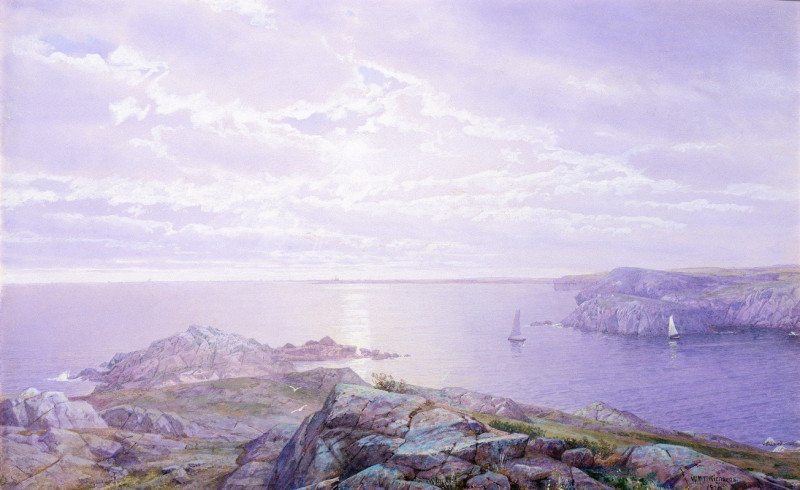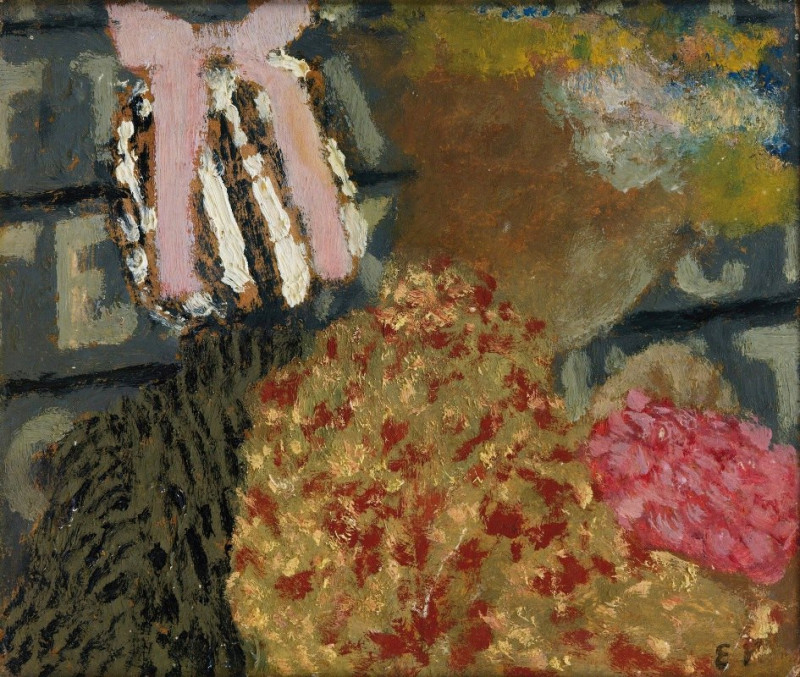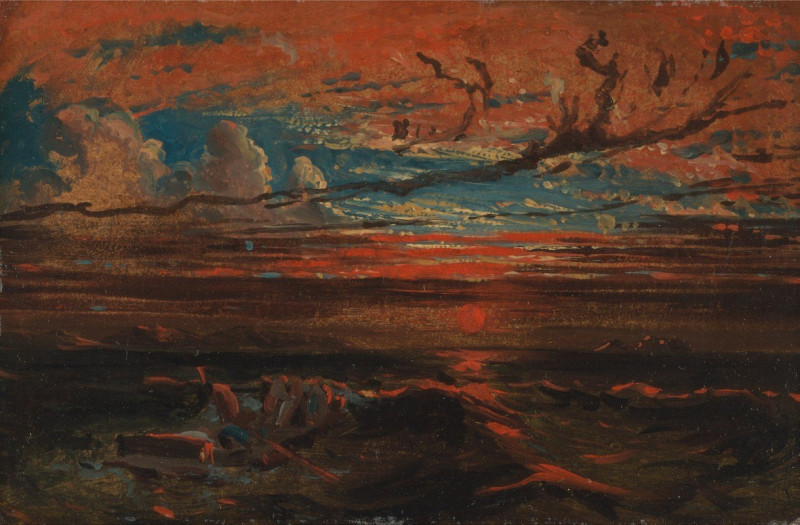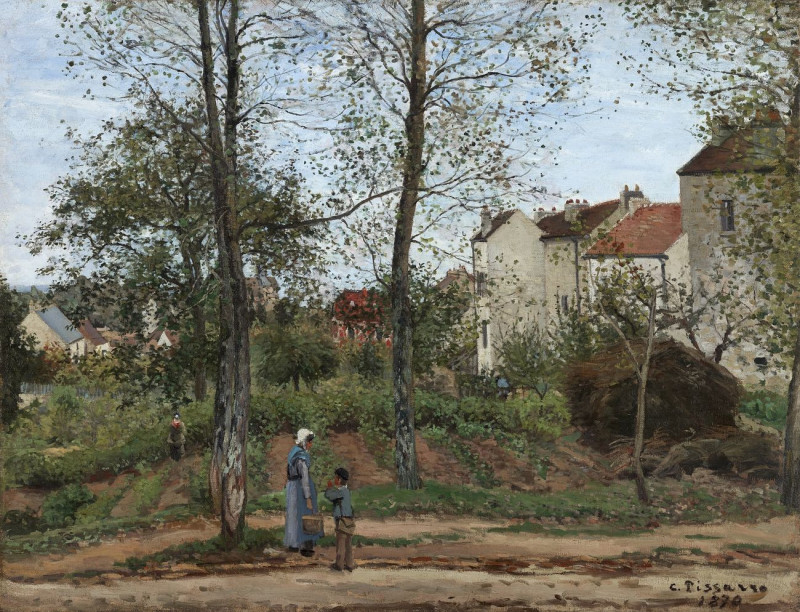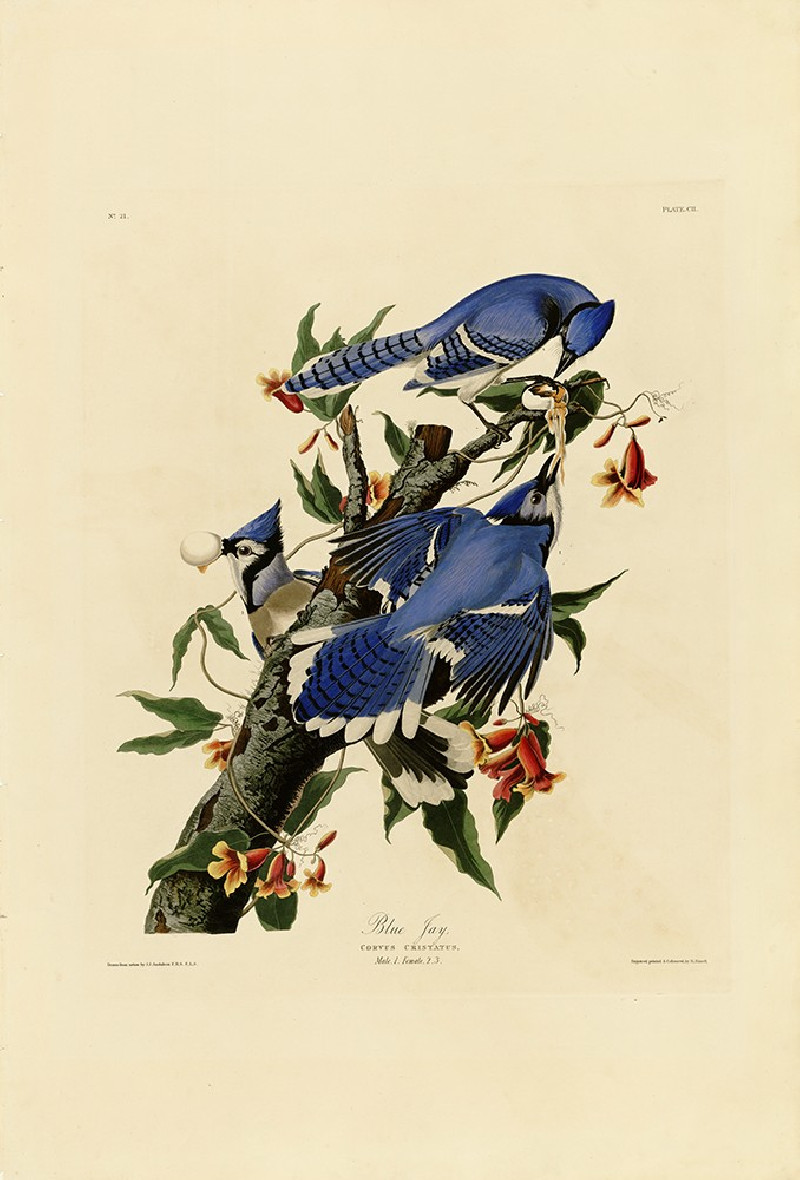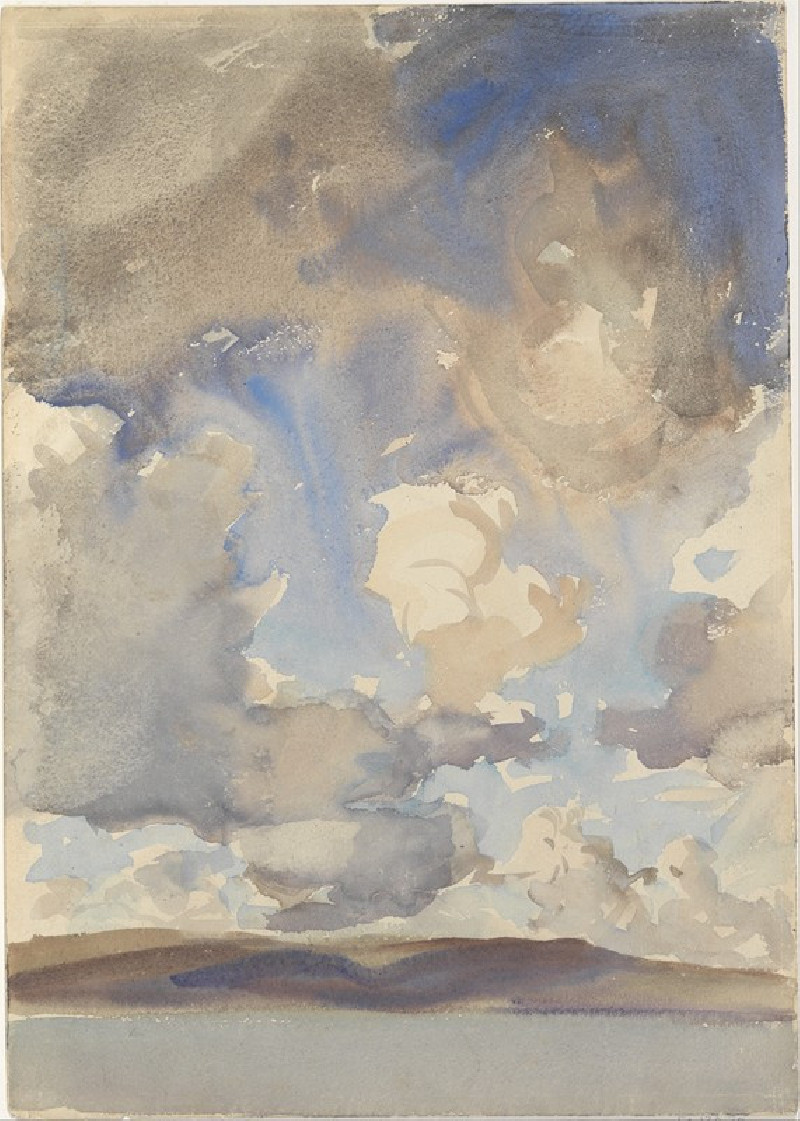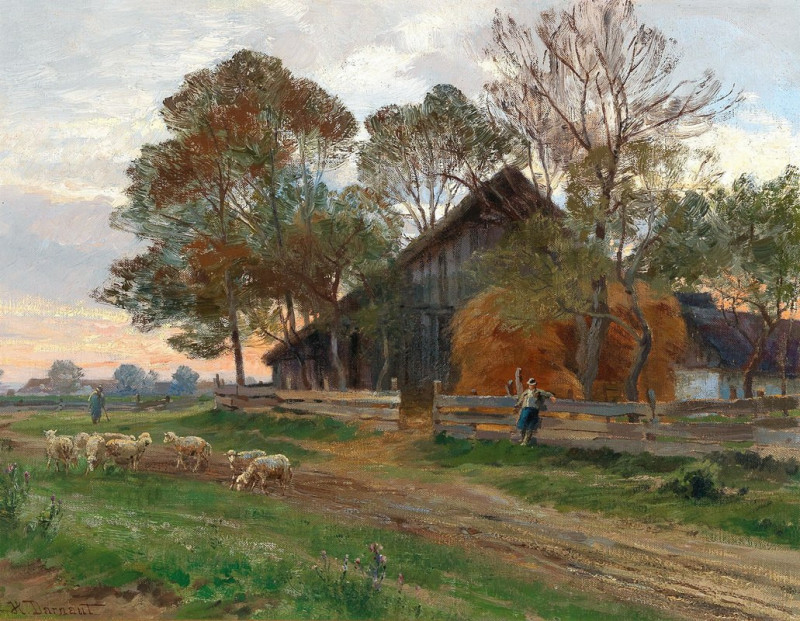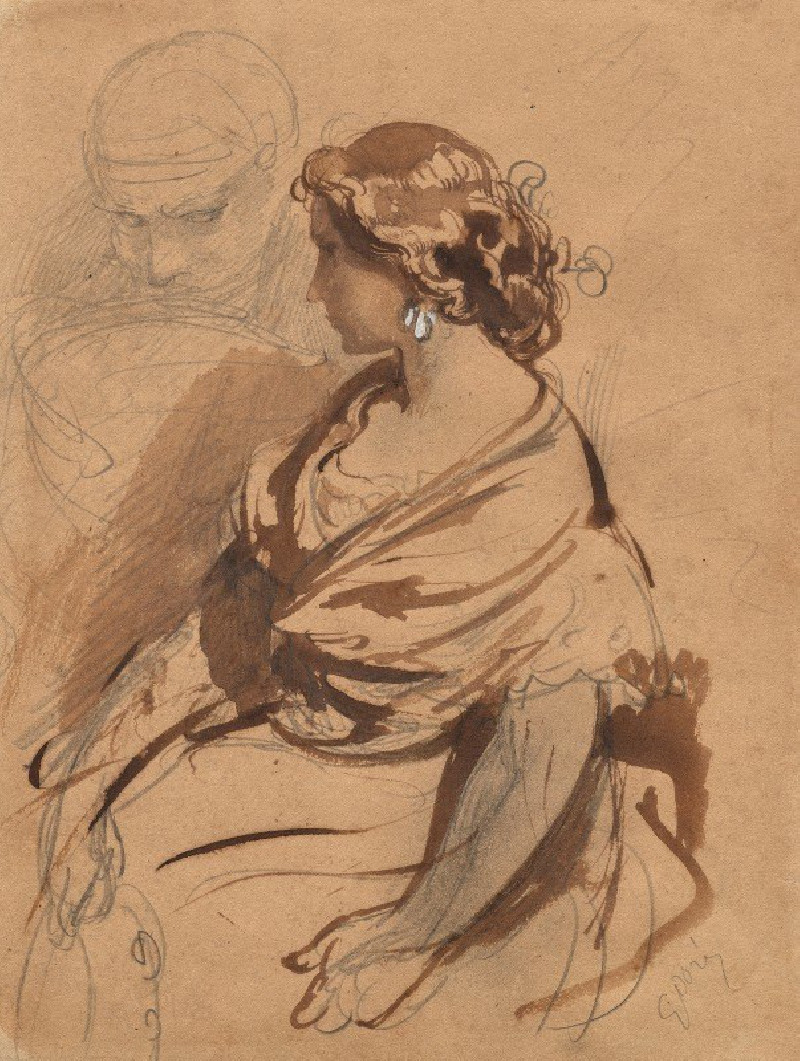The Lamentation over the Dead Christ (c.1640)
Technique: Giclée quality print
Recommended by our customers
More about this artwork
"The Lamentation over the Dead Christ" is a profound and emotion-stirring artwork crafted by the celebrated Flemish painter, Anthony van Dyck, around 1640. This painting, a masterpiece of Baroque art, vividly captures the grief and despair following the crucifixion of Jesus Christ.In this poignant scene, Christ's lifeless body is gracefully laid out on a stone, draped partially in a luminescent blue cloth that highlights his pallor and the physical markings of his crucifixion. His inert form is tenderly tended by a trio of mourners, each depicted in their own deeply felt sorrow. To the left, Mary Magdalene, with arms outstretched, looks towards the heavens, perhaps seeking answers or solace. Beside her, another young man gestures towards Christ, his expression a mix of despair and discussion, perhaps indicating dialogue with the anguished angel who leans forward from the skies above.On the right, a grief-stricken figure cloaked in black buries his face in his hands, overwhelmed by sorrow. These figurations are completed by a divine presence—an angel, whose heavenly concern and compassion are almost palpable as he looks on from above.Van Dyck’s use of chiaroscuro— the strong contrasts of light and shadow —not only emphasizes the emotional intensity of the scene but also highlights the physical and spiritual agony embodied by the figures. This painting not only serves as a religious emblem but also as a universal scene of mourning and loss, portraying the deep human capacity for grief and love.
Delivery
Returns
Sir Anthony van Dyck (1599 – 1641) was a Flemish Baroque artist who became the leading court painter in England after success in the Spanish Netherlands and Italy.
The seventh child of Frans van Dyck, a wealthy Antwerp silk merchant, Anthony painted from an early age. He was successful as an independent painter in his late teens, and became a master in the Antwerp guild in 1618. By this time he was working in the studio of the leading northern painter of the day, Peter Paul Rubens, who became a major influence on his work.

